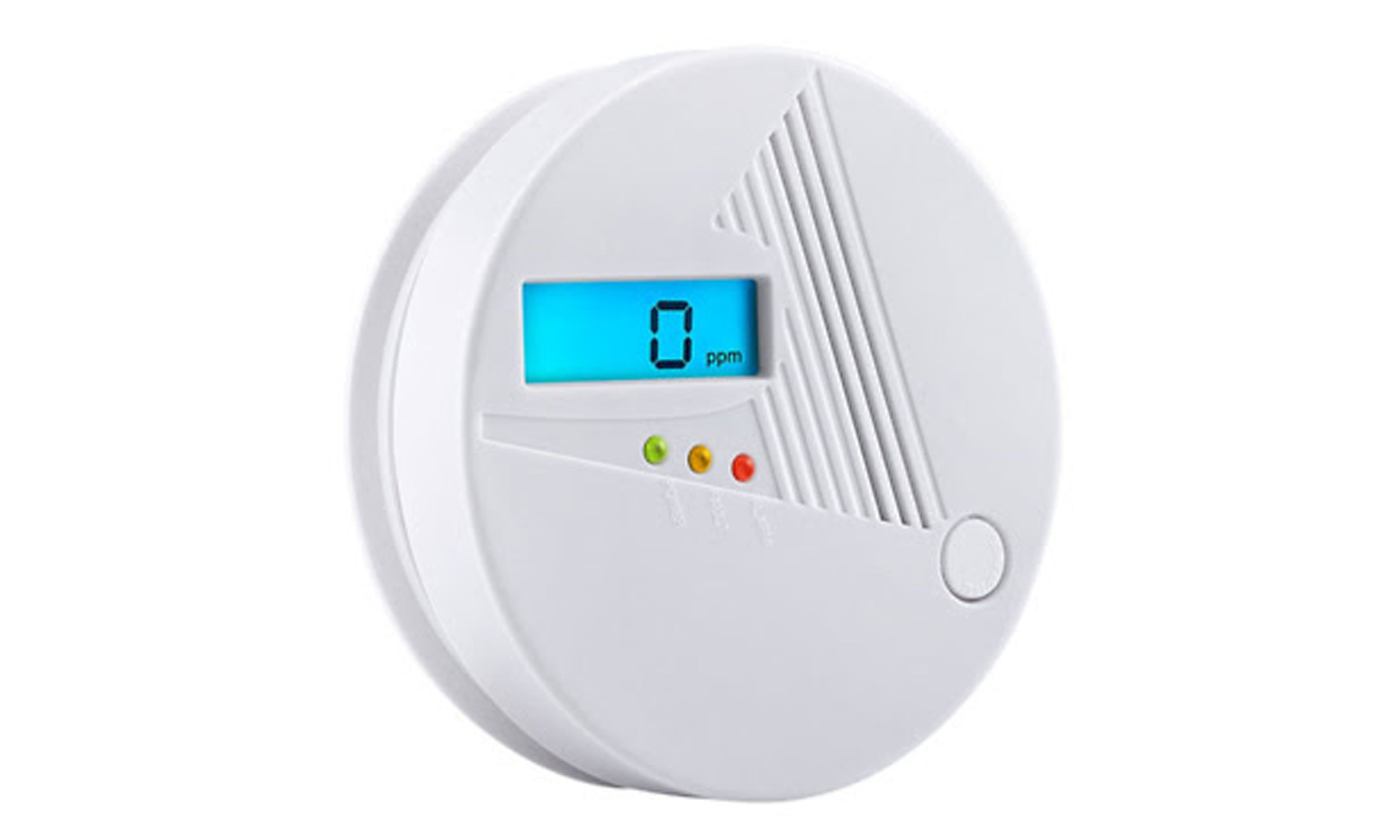
DOZENS of carbon monoxide alarms sold via Amazon and eBay have been removed from sale after an investigation found they failed safety tests.
Four alarms bought from the two retail sites and tested by Which? failed to sound when the gas was present in the air, making them potentially lethal in the event of a carbon monoxide build-up in the home.
All four alarms claimed to meet the British safety standard for detecting carbon monoxide.
One of the alarms – the Topolek GEHS007AW CO alarm costing £14.99 and listed as a bestseller on Amazon – failed to detect the gas in more than 80% of the tests conducted by the watchdog.
Three other unbranded alarms, which were made in China and sold through sellers on Amazon and eBay for less than £10, also repeatedly failed to sound when there was carbon monoxide in the air.
Which? said the alarms appeared identical to some it tested in 2016, which also did not sound when carbon monoxide was present.
The watchdog said Amazon and eBay had removed the alarms from sale and also “de-listed” another 50 lookalike alarms that it believed to be identical to the three unbranded alarms.
Which? said its investigation exposed flaws in the UK’s current product safety system.
It has called on the Office for Product Safety and Standards (OPSS) to take a “more active role” in market surveillance to identify products on sale that pose a potential safety risk.
The consumer group is advising anyone who owns one of these alarms to replace it immediately and to contact the company they bought it from for a full refund.
Alex Neill, Which? managing director of home products and services, said: “It’s extremely concerning that these unsafe alarms were being sold by major retailers, and anyone who has one of these alarms should replace it straight away.
“When household names such as Amazon and eBay are selling products that could put consumers at risk, it is clear more must be done by businesses and the Government to proactively identify potentially dangerous products and stop them from entering people’s homes.”
An eBay spokeswoman said: “The safety of customers is our number one priority and we work closely with bodies such as Trading Standards to ensure listings sold on our marketplace comply with the law.
“The items flagged by Which? did not comply with the required UK regulations and were removed.
“We are working with the sellers of these products to ensure their customers are aware they have been removed from the site.”

Enjoy the convenience of having The Sunday Post delivered as a digital ePaper straight to your smartphone, tablet or computer.
Subscribe for only £5.49 a month and enjoy all the benefits of the printed paper as a digital replica.
Subscribe